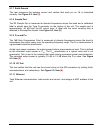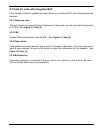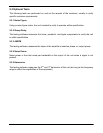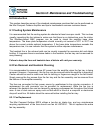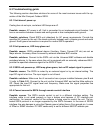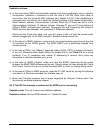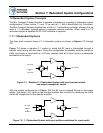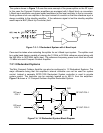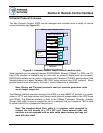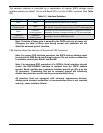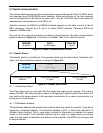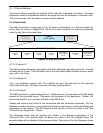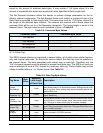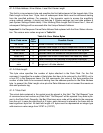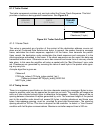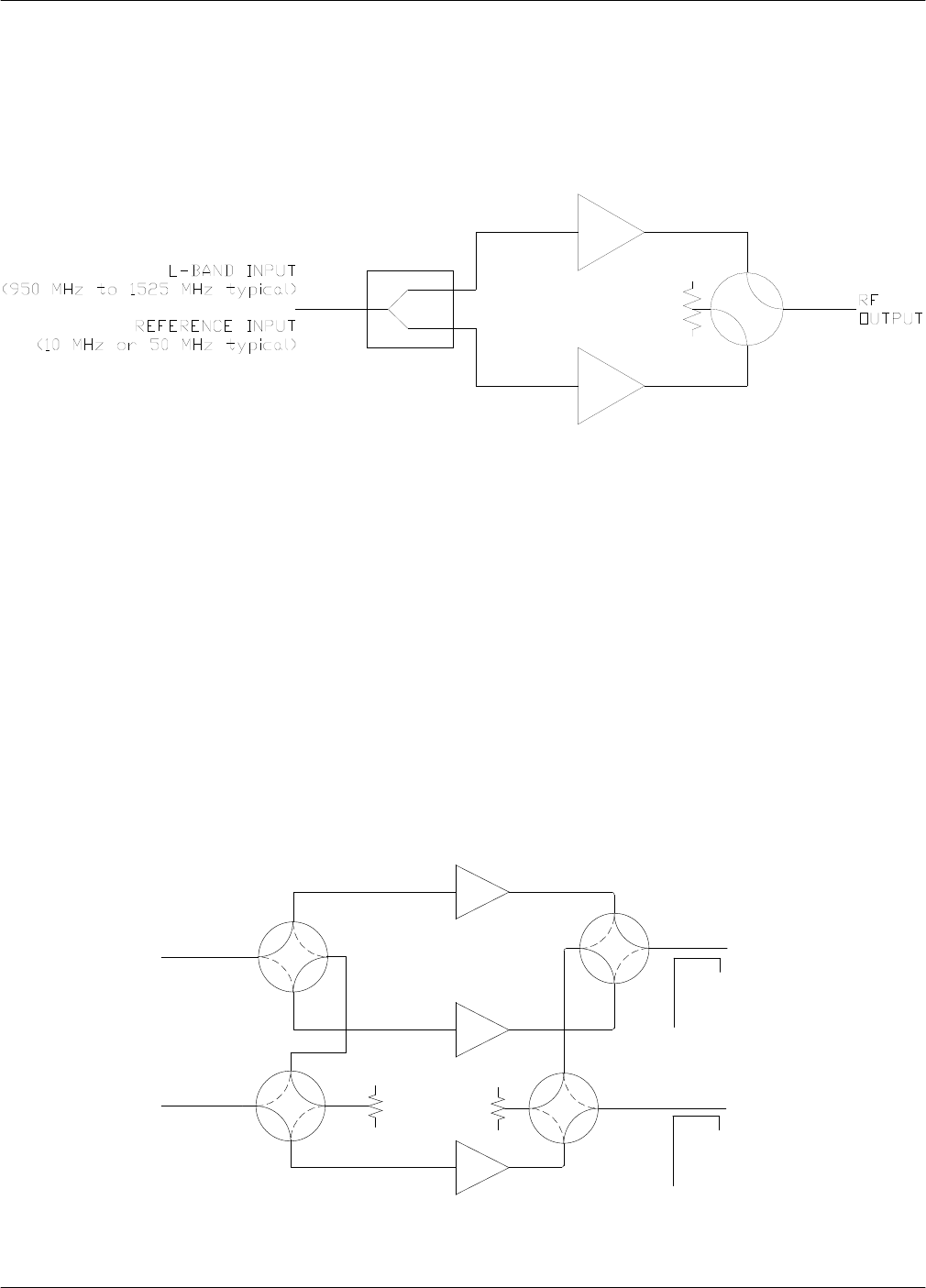
58 208143 REV - Operations Manual, HPA3, Mini Compact Outdoor SSPA
The system shown in Figure 7-3 uses the same concept of the power splitter on the RF input.
In this case the Compact Outdoor amplifiers are equipped with L-Band block up converters.
L-Band input amplifiers use phase locked oscillators as the local oscillator to the up converter.
Such systems must use a splitter at the input instead of a switch so that the reference input is
always available to the standby amplifier. If the reference signal is lost the standby amplifier
would report a BUC (Block Up Converter) fault.
Care must be taken when selecting the splitter for an L-Band input system. The splitter must
be a wide band design capable of passing the 10 MHz or 50 MHz reference signal along with
the 950 MHz to 1525 MHz traffic input. The reference frequency power level must be at least
-10 dBm into each Compact Outdoor Amplifier.
7.2 1:2 Redundant Systems
The Mini Compact Outdoor Amplifier can also be configured in 1:2 Redundant Systems. The
major difference being that the amplifier’s internal controller can not be used for system
control. Instead a separate RCP2-1200 Redundant System controller is used to provide
system control. The controller can be remotely located up to 500 ft. from the amplifiers.
Figure 7-4 shows a 1:2 Compact Outdoor Amplifier Redundant System.
Figure 7-3: 1:1 Redundant System with L Band input
Figure 7-4: 1:2 Redundant System Block Diagram
1
3
2
3
2
1
4
4
1
3
2
RF OUT-POL 2
SW2
SW1
RF OUT-POL 1
3
2
1
4
32
1
4
RF Input
RF Input
POL 1
POL 2



